Do You Hear What I Hear?
In my drum class, my teacher Amir played a video of a woman singing and a drummer playing with her to a group of people. She was singing in a language we did not know. It was hard to tell from her expression what she was feeling or thinking, other than the song had a serious subject. He asked us after what the song was about and how we felt. Everyone had a different interpretation.
We all hear and feel music differently.
As a dancer, I have often experienced how different dancers all following a choreography to the same piece of music hear it a little bit differently. How they move their body, when they start or finish or how they accent certain notes might all be a little different.
Even with music, while everyone might have the same sheet of music to follow that tells us where the accents should be and what the feeling is sometimes, there is room for interpretation and each musician adds something of themselves when they play, because of how they hear it.
Interior Design Lessons from Dance and Music
What does this have to do with Interior Design?
In Interior Design, we also see and feel things differently. There are no hard and fast rules and if there are, feel free to break them.
This is Part 3 in my revelations from lessons learned from dancing and playing music on how to create your perfect space.
The older I get, the more I realize the connections between all things artistic. The same principles apply to making the magic happen in Interior Design or any other art form. You just need to open your eyes, listen, and feel it to notice.
It always seems to come back to the alignment between art (creativity), science (color), and energy (connection) that makes the magic happen. I use this alignment to create both beautiful dance pieces and interiors.
How Do Our Different Perceptions of Beauty, Color and Energy Affect How We Feel About Our Spaces?
In interior design, the perception of beauty, color, and the energetic feel of a space varies due to a myriad of personal and cultural factors:
Cultural Background: Different cultures perceive colors, patterns, and spaces differently. A hue or motif considered beautiful or spiritually significant in one culture might be perceived differently in another.
Personal Experiences & Memories: Personal associations can deeply influence how one perceives colors and design elements. A color or object reminiscent of a cherished memory might evoke a sense of warmth and comfort.
Psychological Factors: While there’s a general understanding in color psychology (like blue being calming), personal experiences can override these generalizations. Someone with a traumatic experience related to water might not find blue calming at all.
Sensory Perception: We don’t all perceive sensory inputs in the same way. Some are more sensitive to tactile sensations, while others might be more attuned to visual or auditory stimuli. This affects how we experience and energetically resonate with a space.
Energetic Sensitivity: Some individuals claim to sense the energy of a room more acutely, often termed as being “empathic” or sensitive to the energy of spaces and objects. They might pick up on subtle energies that others may overlook.
Personal Aesthetics: Individual exposure to art, design, and different environments throughout life can refine one’s sense of beauty, influencing how they perceive and resonate with different design styles and colors.
Emotional & Mental State: Our current emotional and mental states can impact how we perceive spaces. A person in a serene state might find beauty in simplicity, while someone in a tumultuous phase might connect with chaotic, vibrant designs.
Physical Conditions: Conditions like color blindness can significantly alter color perception, and other physical conditions might influence sensitivity to certain materials or lighting conditions.
Personal Values & Beliefs: Someone who deeply values sustainability might energetically connect better with a space designed using eco-friendly materials, feeling it’s more “authentically beautiful.”
Age: As we progress through life, our preferences and perceptions can evolve. Children might be drawn to brighter, varied colors, while adults might appreciate subtler, nuanced palettes.
Ultimately, beauty, color, and energy perception in interior design are deeply subjective. Every individual’s unique tapestry of experiences, beliefs, and sensitivities shapes how they interact with and feel about the spaces they inhabit
How Do You See Bohemian Style?
If I ask you what your style is, if you are like many people, you don’t know or you might say “eclectic” which usually means a mish mash of all your stuff. If you are more specific, you may say something like ‘Bohemian”. But I bet the picture in your mind of what “Bohemian” style is, is different than what I picture and what the next person who likes Bohemian style pictures.
There may be a common theme, as in a piece of music, but we all see it and feel it a little differently in our mind’s eye.
What does that mean? More opportunity for magic! Yes!
After all, if we all had the same exact idea of what Bohemian style means, all our rooms would look the same. If there was a set of rules that said Bohemian style IS THIS, then that might give you guidance but isn’t that just poking you to break that rule and do what you want? I know it is for me!
Examples of Bohemian Style
As an example, many picture Bohemian style as a maximalist style with loads of colors, patterns, plants, and collections from world travels as well as thrift and antique stores.
My vision of Bohemian is that but is more clean, modern and curated. See some examples below.
See how all these rooms are still different?
What do you picture when you think of Bohemian style? How about other styles?
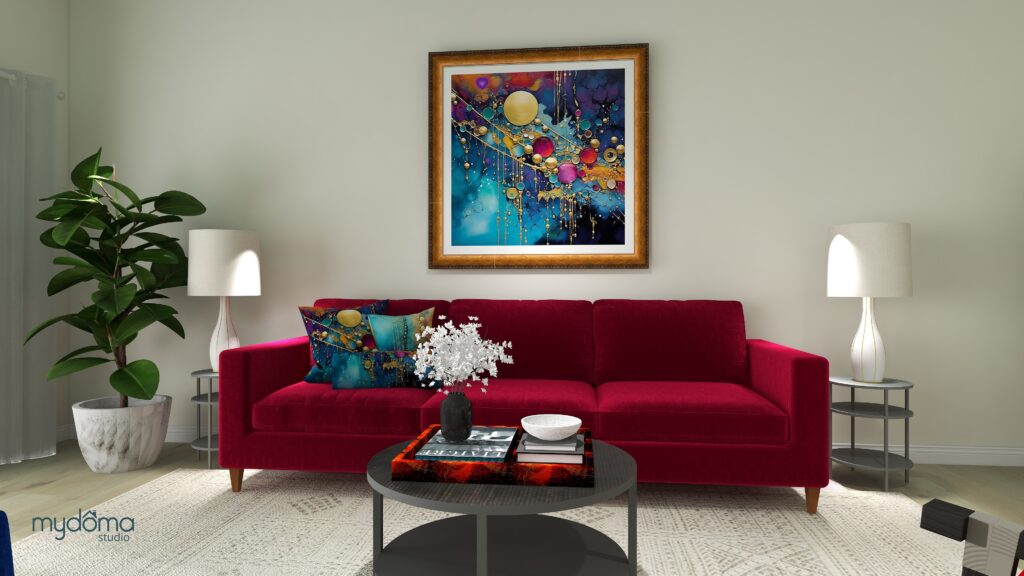
When we all express our own version of Bohemian the way we see it, then the room tells our own story, not the story of the Bohemian Style Definition Maker.
The possibilities are endless, as in a dance choreography performed by different dancers, or a beautiful piece of music is played by different musicians.
How Do You Se Color?
Another great example is color. This is one reason color is confusing to so many people.
We all see color differently based on our eyesight and how it is interpreted in our brains.
The lenses of our eyes can change with age, also affecting how we see things. The color is affected by the light when we see it, the surrounding colors, and the context we see the color in.
That is why the term “undertones” as most use it makes no sense. They are just someone’s subjective opinion about what they see at that time and place. The next person may see it differently.
That same color will look different as soon as you move it to another place, another context, and in a different light.
“Undertones” can’t be measured or repeated, which is why they are so confusing.
Color makes people feel differently. Blue may make you feel relaxed and serene, yet someone else may have had a horrible experience in a blue room and it stresses them out.
We all see, feel and interpret color differently. Some generalizations may be made, as in dance and music, but we all walk away with a different idea of how it looks and feels to us.
Of course, that means……you guessed it……more opportunity for magic.
More variety, more interpretations, more layers, more stories, more unique visions, more beauty in the world.
I’m all in.
Learn More
Did you find this interesting? Learn more in some of my other articles on this subject.
Learned to All my Interior Design Problems by Playing Music.
Also, see Part 2, Learned to All my Interior Design Problems by Playing Music- Every Part Must Do Its Part.
You might also enjoy my series on lessons I learned about Interior Design from dancing:
I Learned To Solve All My Interior Design Problems by Dancing: The Magic of Transitions.
I Learned To Solve All My Interior Design Problems by Dancing : Surprise Me.
I Learned To Solve All My Interior Design Problems by Dancing and Learning to Tell a Great Story.
I Learned To Solve All My Interior Design Problems by Dancing- Bring on the Bling.
I Learned to Solve all My Interior Design Problems by Dancing- There Can Only Be One Star.
I Learned to Solve all My Interior Design Problems by Dancing- Be Brave.
I Learned to Solve all My Interior Design Problems by Dancing- Create Drama with Shapes.
I Learned to Solve all My Interior Design Problems by Dancing- Create Drama with a Focal Point.
I Learned to Solve all My Interior Design Problems by Dancing.
Let's Create Some Magic
You know you want to. Quit procrastinating. Come on, let’s do this thing:)
Curious about your Interior Design style? Take the quiz and find out.
Aligned Design©– All Rights Reserved.
Terms of Service | Privacy Policy | Disclaimer | Brochure
Prices are subject to change without notice.
Call 907-362-0065 today
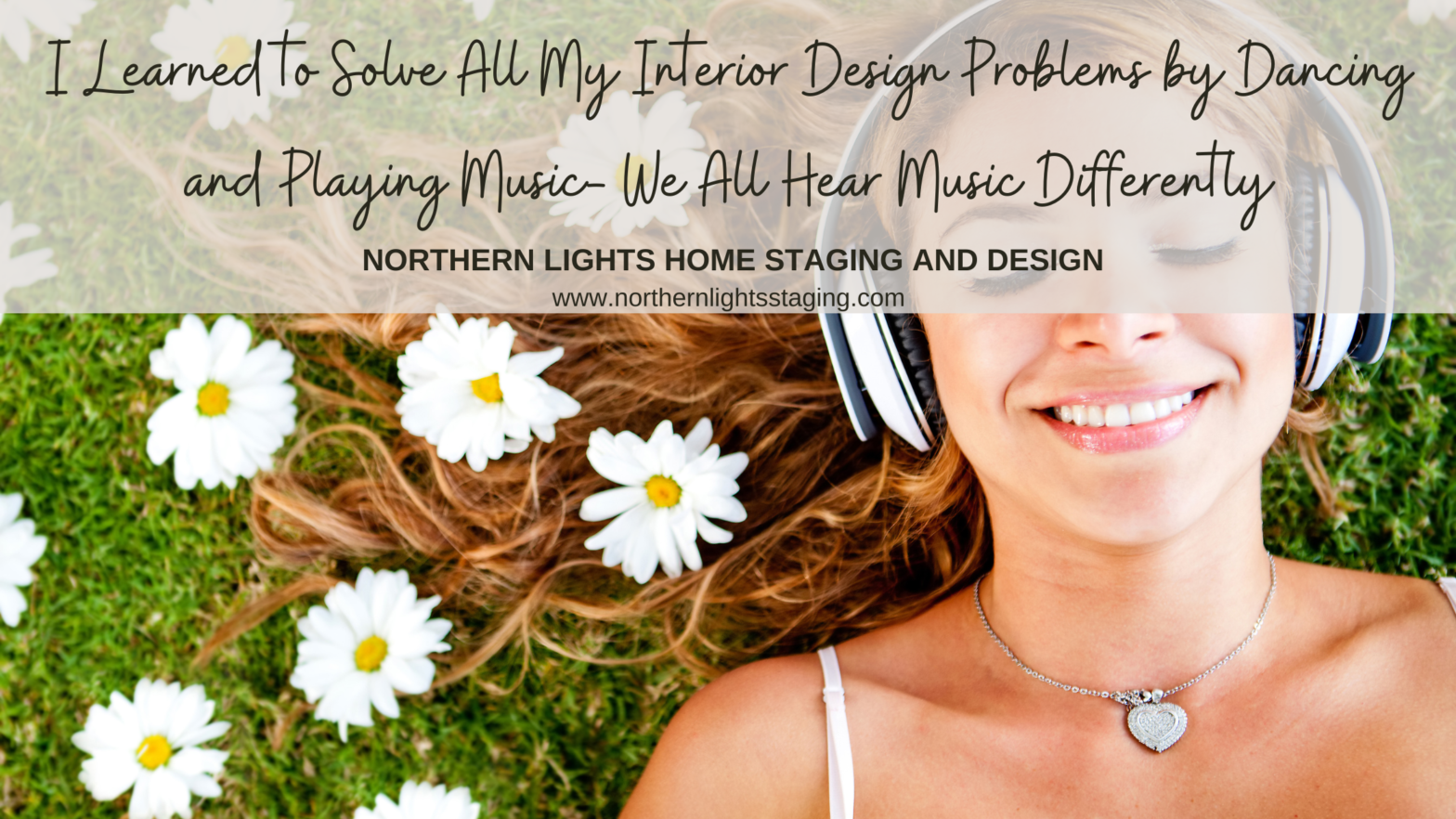
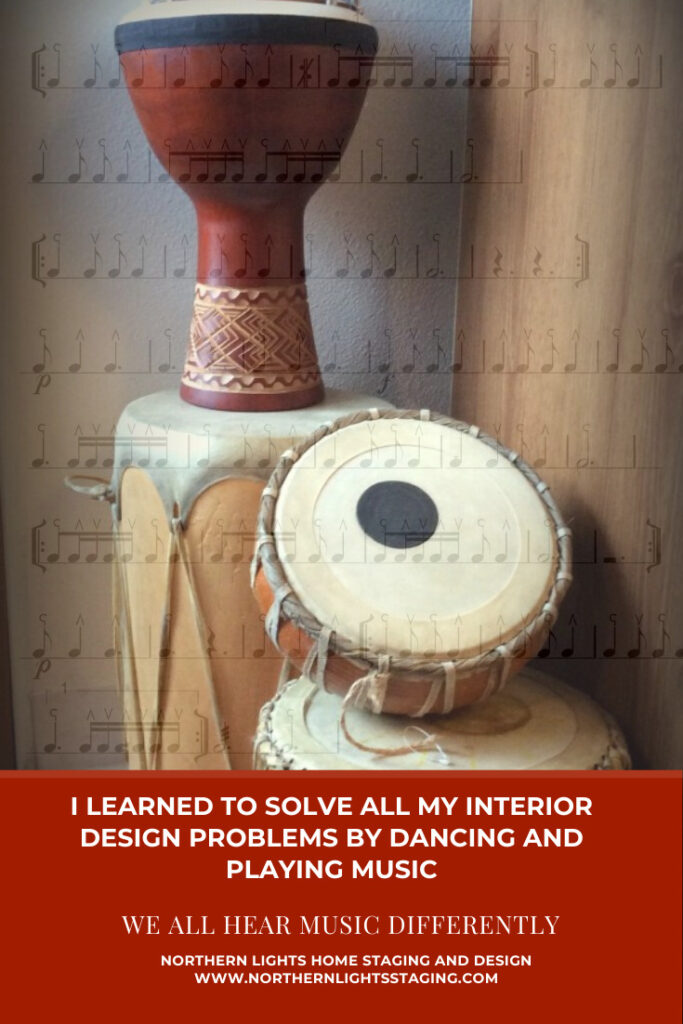
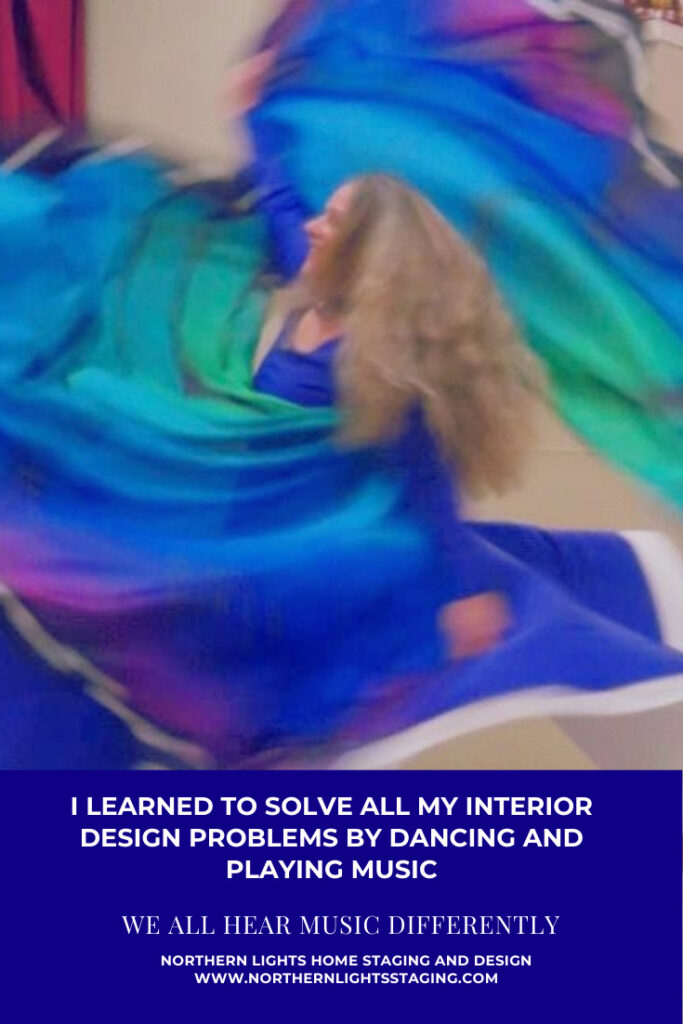
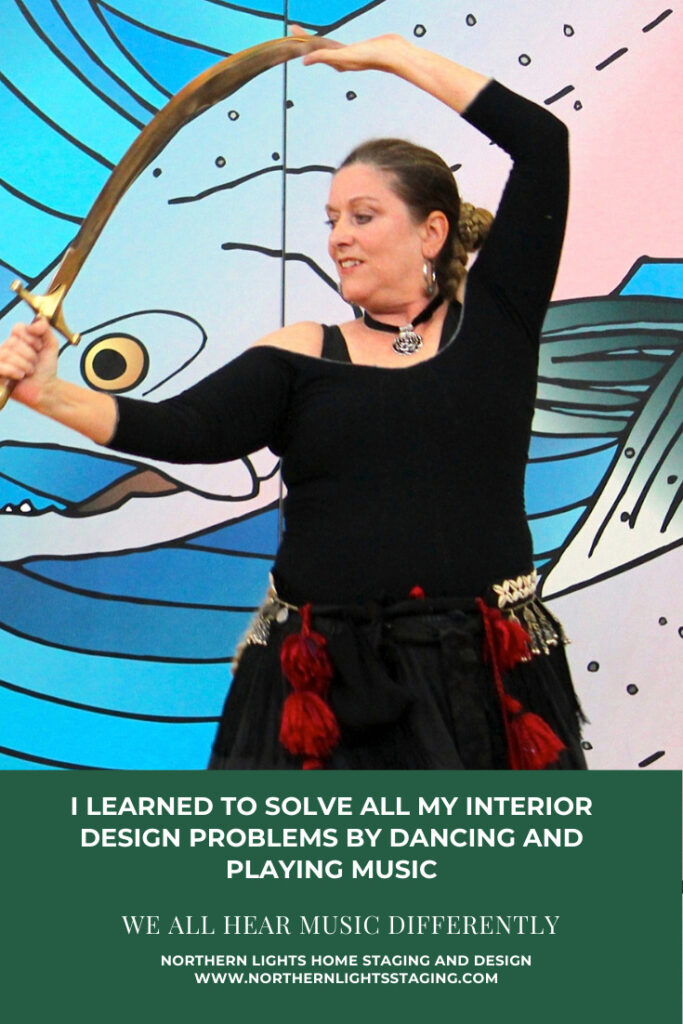
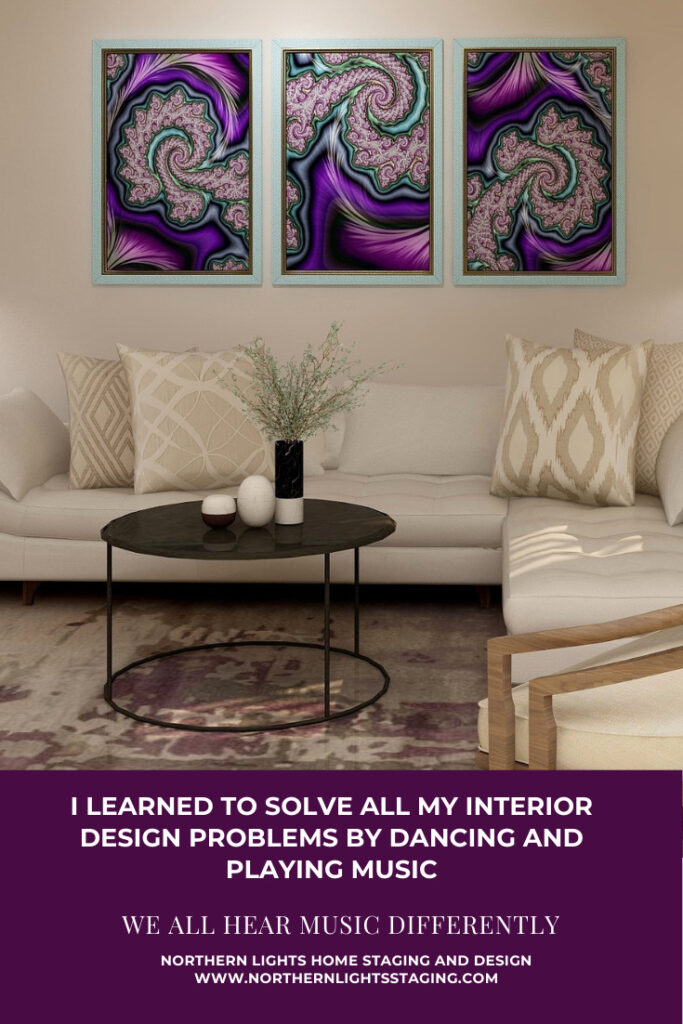
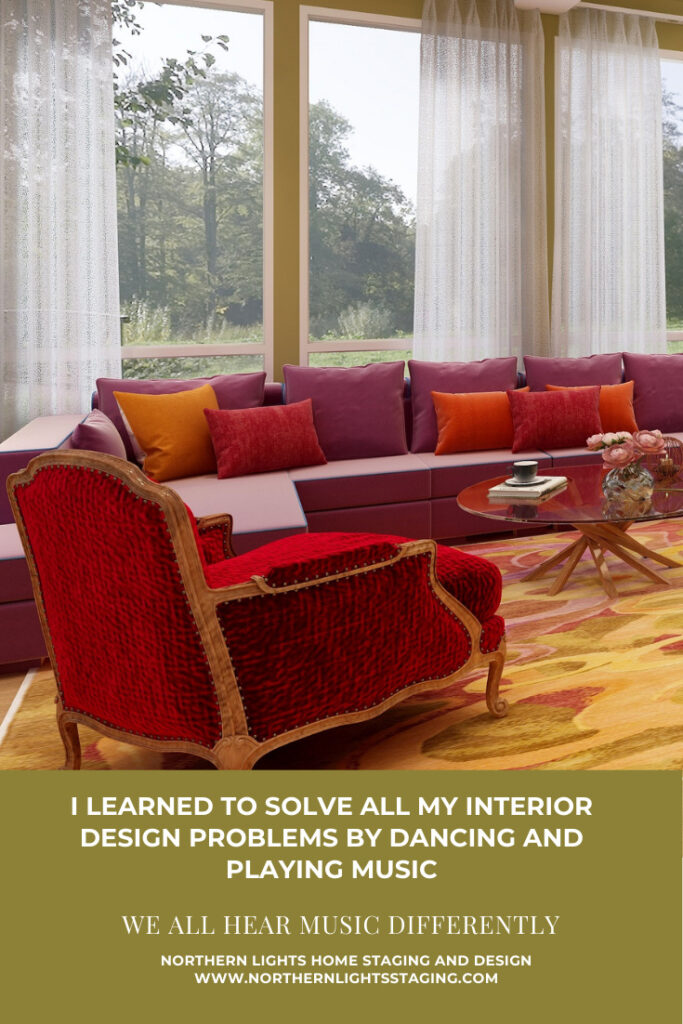
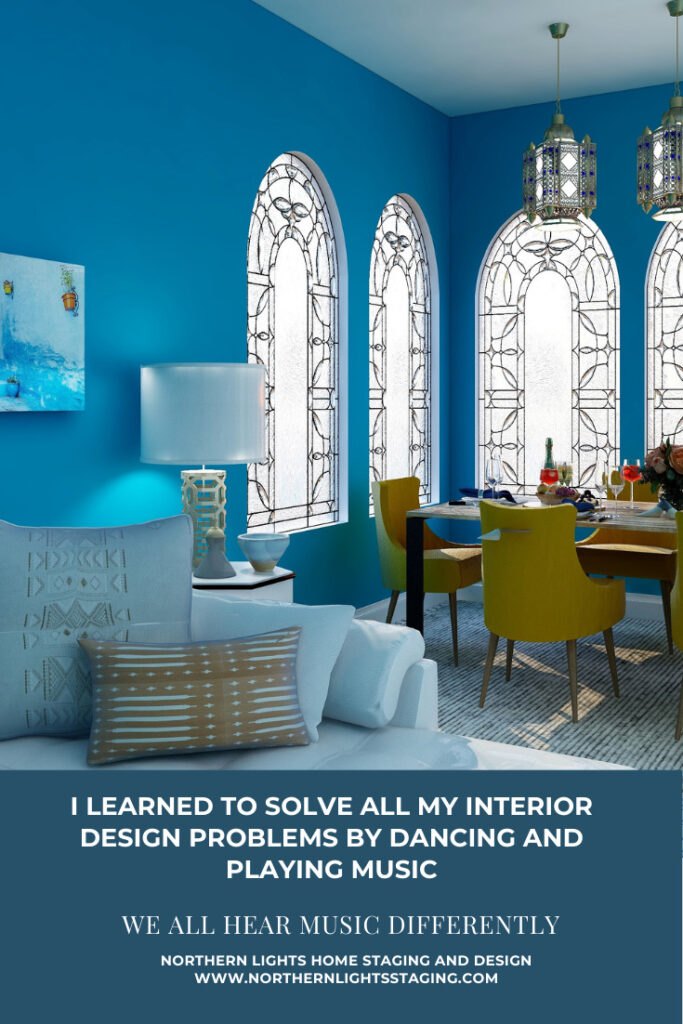
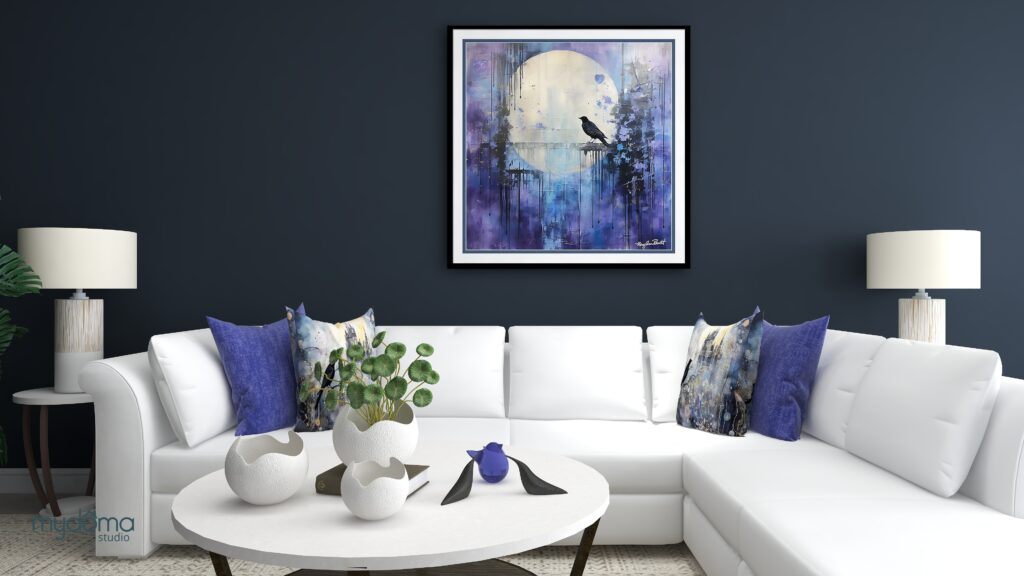
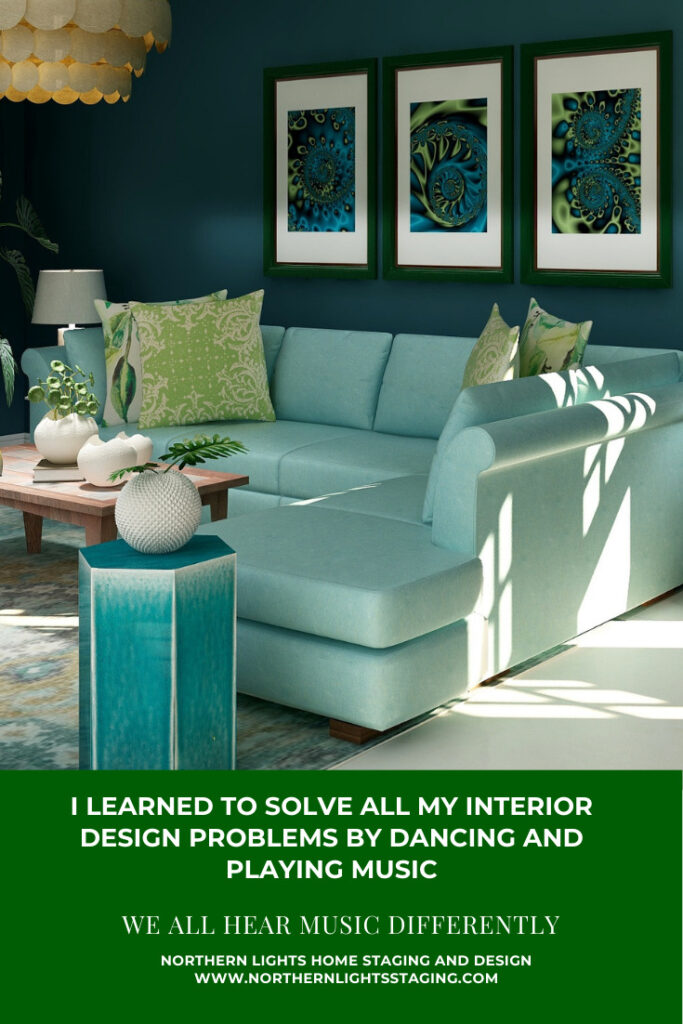
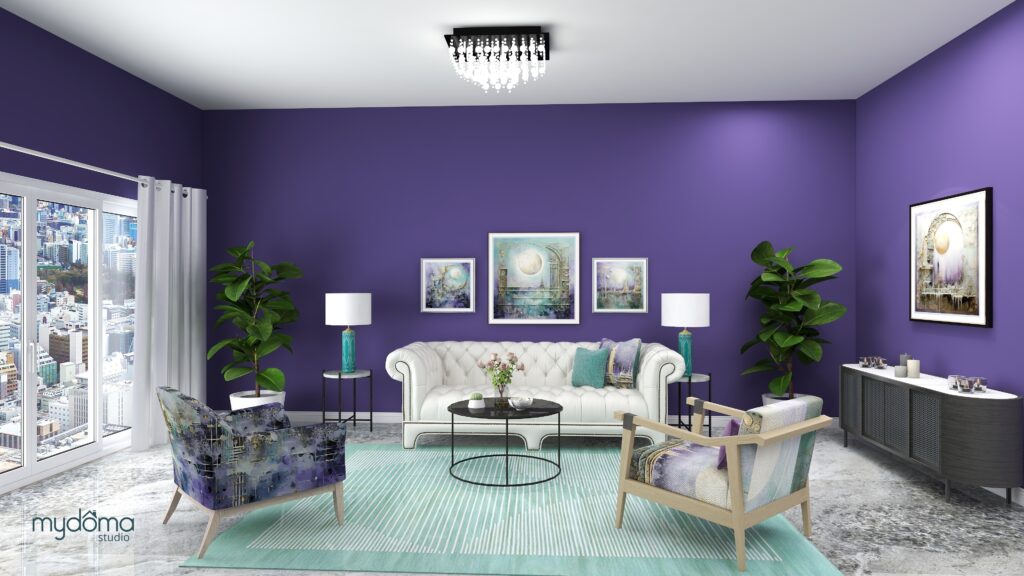
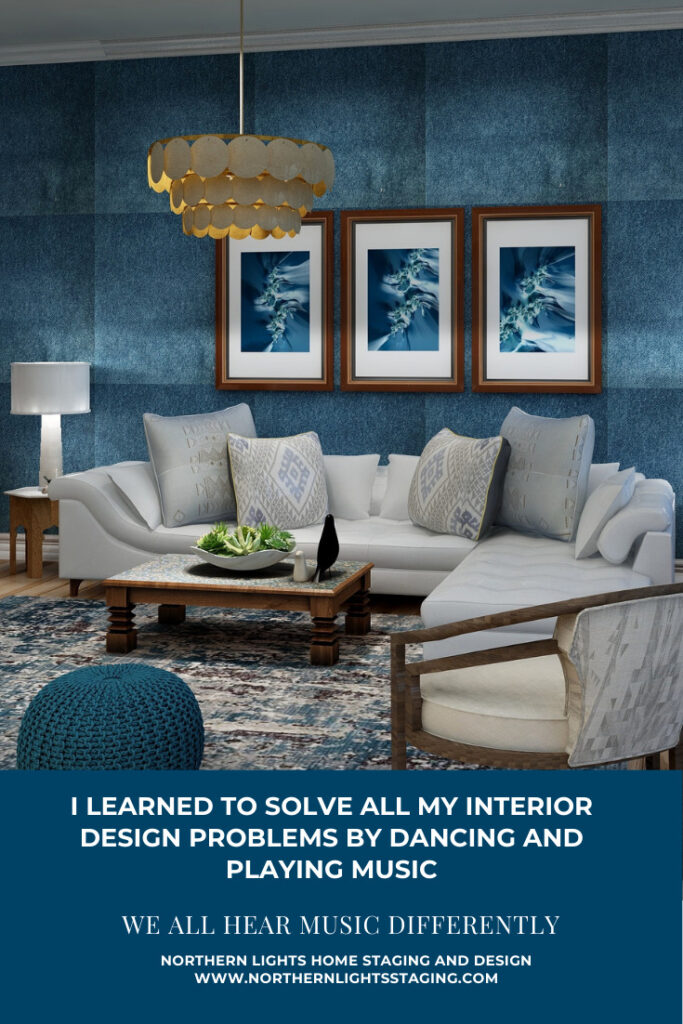
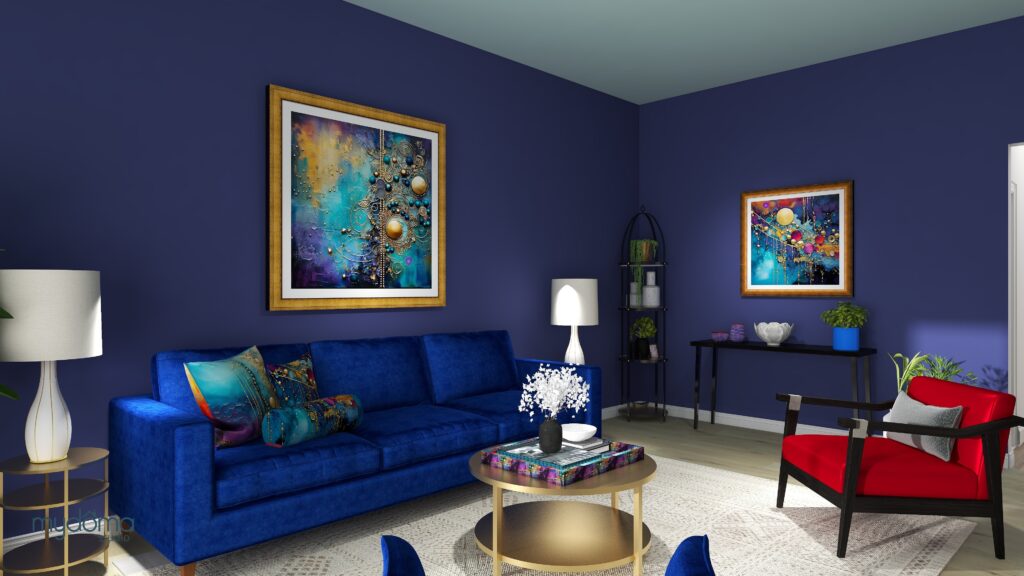



This couldn’t be more true! Everyone sees design elements differently, which is why it is so important for each individual to create a space that is beautiful to them. Thanks for sharing this wonderful post!
Thank you! It makes our job more interesting too!
Such great insight into how everyones definitions of different styles is unique. Cookie cutter formulaic spaces will never be as life-giving as personalized ones!
Thank you and so true!
This is why I love starting new projects with clients. No two projects are the same. Such an insightful post!
Very interesting article, I love this
perspective!
Thanks so much!